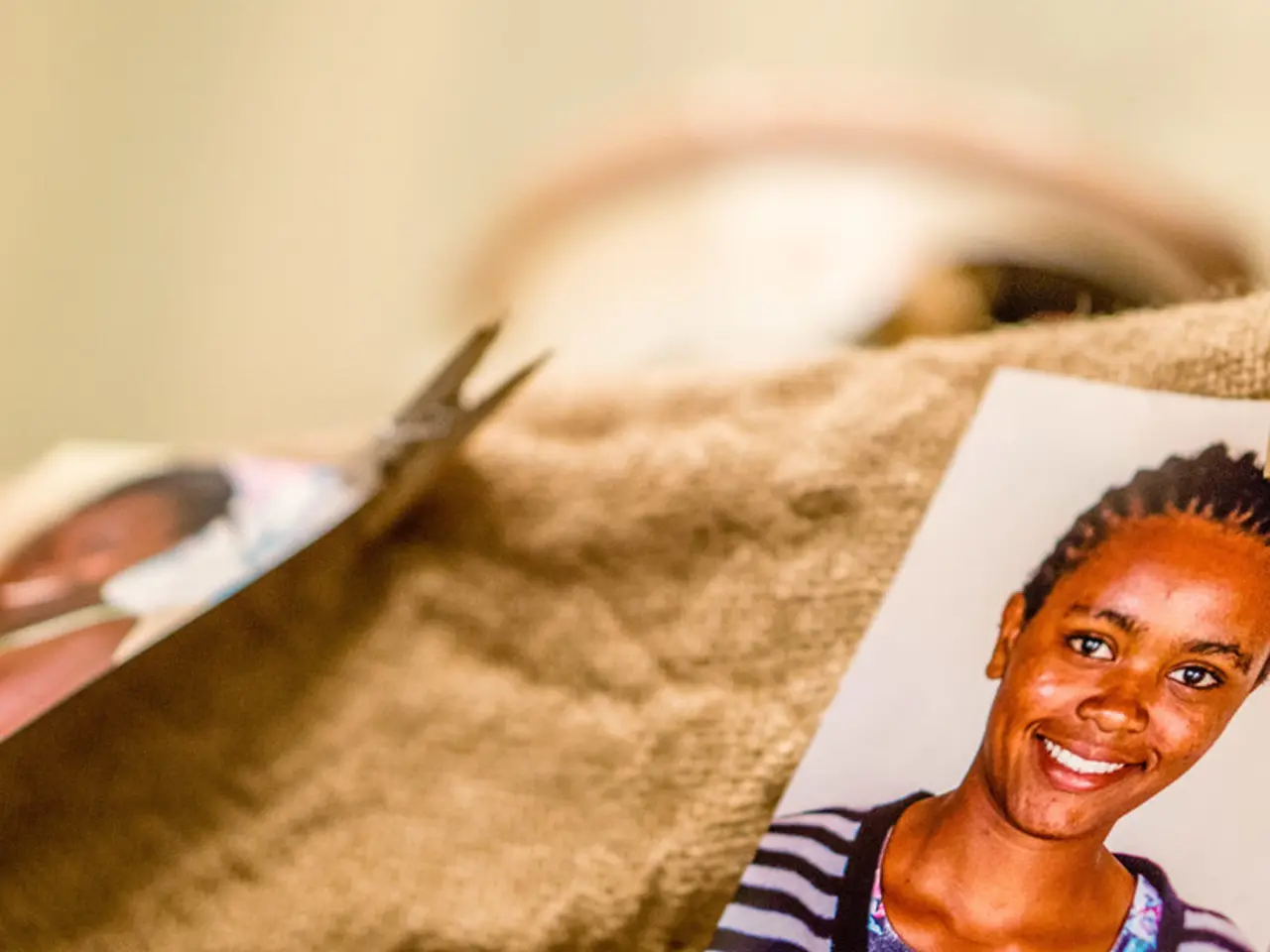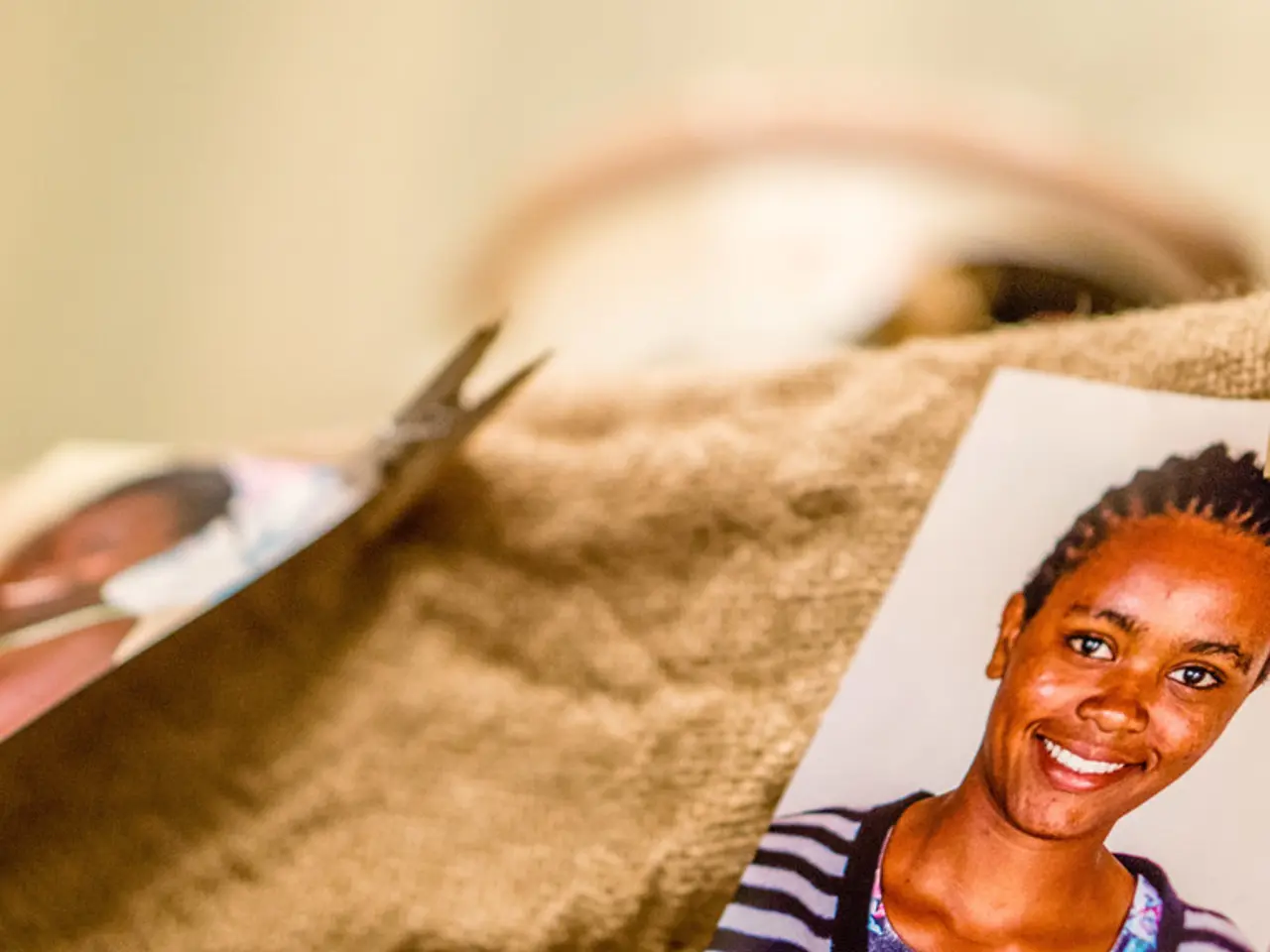United States sets bond requirement at $15,000 for certain travelers
The U.S. State Department has announced the implementation of a new visa bond program, set to begin later this month on August 20 and last for 12 months. This pilot program is designed to reduce visa overstays by requiring certain B-1/B-2 visa applicants from selected countries to post a financial bond as a condition for visa issuance.
The program initially targets foreign nationals from countries with high visa overstay rates, as per a 2023 Department of Homeland Security report. Malawi and Zambia have been identified as the first countries to be included, based on their high B-1/B-2 visa overstay rates. The Department of State reserves the right to add more countries with at least 15 days' notice during the pilot.
The bond amounts will range between $5,000 and $15,000, with the consular officer setting the specific amount based on enforcement costs per overstay. The bonds are refundable if the visa holder complies with visa terms, departs on time, or properly files timely extensions or status changes.
Visas issued under this program will be valid for a single entry and for three months' validity, with U.S. Customs and Border Protection typically admitting these travelers for a maximum stay of 30 days. Applicants will be required to pay the bond via an official U.S. government platform (Pay.gov) after being instructed by a consular officer, and will also need to sign DHS Form I-352 agreeing to the terms.
The program aims to generate data on the effectiveness of bond requirements in reducing overstays and influencing future visa issuance policies, using a rarely exercised authority under Section 221(g)(3) of the Immigration and Nationality Act. The program will apply exclusively to B-1 (business) and B-2 (tourist/visitor) visas, and those who were granted citizenship without a residency requirement will also be required to pay bonds.
Visa applicants from certain countries will be required to enter and depart from the United States from a list of pre-selected airports. Those who remain in the United States past the deadline will have their funds forfeited. The program is part of the U.S. State Department's visa bond program, which is a pilot program aimed at discouraging visa overstays.
The U.S. visa bond program is a significant step in President Donald Trump's migration crackdown, as it aims to enhance compliance monitoring and reduce visa overstays. The program is set to run for a year, starting on August 20, 2025, and ending August 5, 2026.
The U.S. visa bond program, a part of President Donald Trump's migration crackdown, is intended to address visa overstays, particularly from countries with high rates, such as Malawi and Zambia. This program, which will last for a year starting August 20, 2025, and ending August 5, 2026, aims to generate data for future visa issuance policies in the realm of politics, while also involving financing through the posting of bonds for specifically selected B-1/B-2 visa applicants. The program's implementation will be closely linked with general news reporting due to its potential impact on migration policies.




